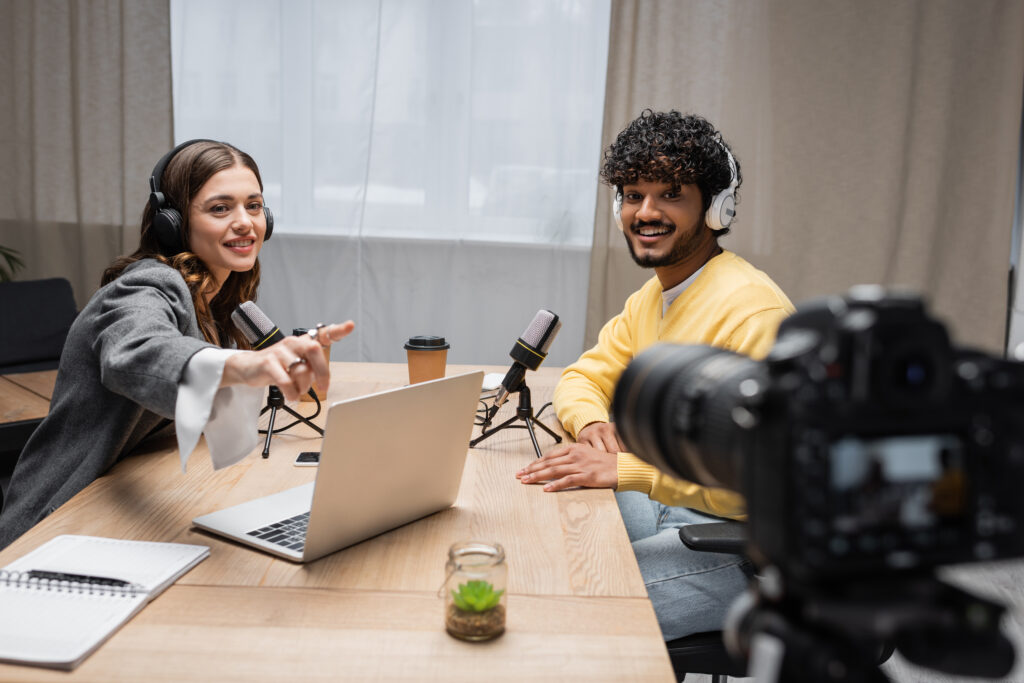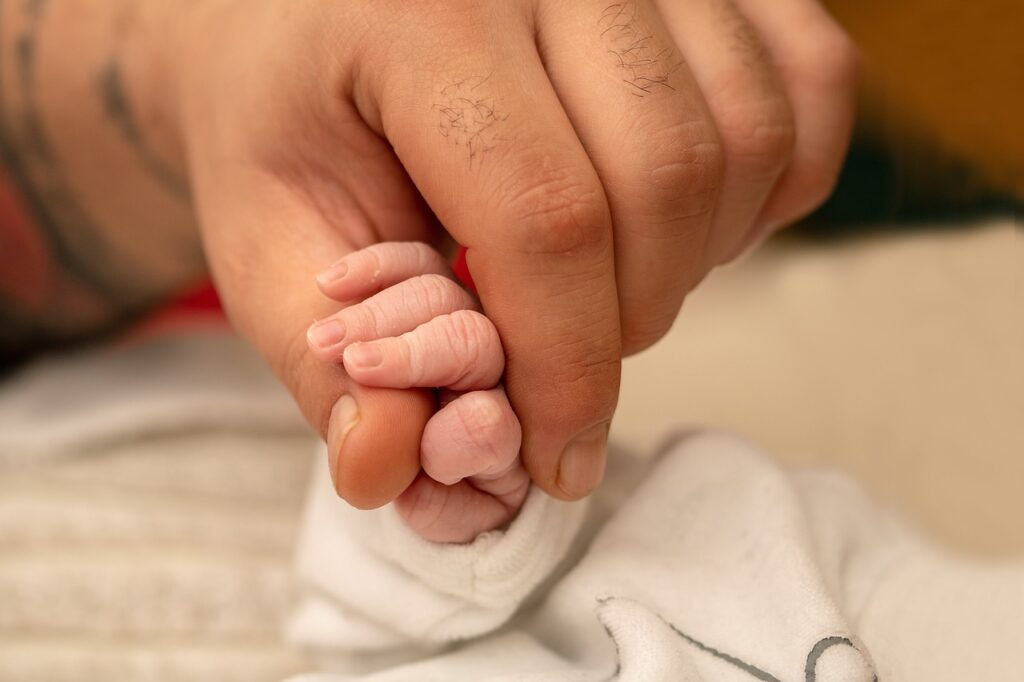How to Prepare for Filming: Maximize Every Opportunity and Stay Professional
Whether you’re a seasoned content creator or just getting started, being well-prepared for filming is the key to creating high-quality, engaging content. While creativity is essential, professionalism ensures that you’re ready for anything—because in the world of content creation, things rarely go exactly as planned.
Here’s a complete guide to preparing for your next shoot, so you can stay flexible, handle any challenges, and maintain your professional edge.
1. Define Your Objective (But Be Prepared to Adapt)
Before you even think about picking up the camera, it’s crucial to have a clear objective for your filming session. Ask yourself: What’s the purpose of this video? Are you sharing knowledge, promoting a product, or creating entertaining content? Knowing the goal will help guide your script, shot list, and overall approach.
But remember, flexibility is key. Unexpected moments often make the best content, and things can change mid-shoot due to factors beyond your control—such as the weather or a last-minute idea. Stay open to adapting your plan and seizing new opportunities that may arise.
Pro Tip: Have a basic outline or script for structure, but allow room for spontaneity. This can be especially valuable when capturing interviews or candid moments.
2. Plan Timings and Build in Plenty of Buffer Time
Timing is everything, and as a professional, it’s important to plan out your schedule meticulously. However, delays happen, and the more prepared you are, the less likely these will disrupt your shoot.
Common delays include:
- Subjects arriving late: People can run behind for various reasons, so build extra time into your schedule to accommodate.
- Weather delays: Especially for outdoor shoots, the weather can cause major disruptions. Always have a plan for varying conditions.
- Parking issues: Finding a parking spot or dealing with road traffic can cause delays for both you and your crew.
- Equipment setup: Setting up lighting, sound, and camera equipment can take longer than expected, particularly in unfamiliar locations.
Plan your schedule with plenty of buffer time for unexpected delays. This ensures that you won’t be rushing through important scenes or shots due to time constraints. Professionals plan for the unexpected, and having time to adjust will ensure you’re still able to produce high-quality content no matter what.
Pro Tip: If possible, give yourself at least 30-60 minutes of extra time per major task, and always be the most prepared person on set. If delays happen, it won’t be because of you, as you’re a professional.
3. Do Your Research
Before filming, doing your homework is a must. Whether you’re shooting a product review, a location vlog, or an interview, preparation is key to success.
- Subject Research: If you’re filming a specific topic, make sure you’re well-informed. This allows you to ask meaningful questions, capture the right shots, and provide deeper insights.
- Location Research: Know the environment you’re filming in. Lighting conditions, sound levels, and any restrictions (like permits) can all impact your shoot.
- Script Prep: Even if your content is largely improvised, having a general outline helps guide your shoot and ensures you hit all key points.
Pro Tip: Always have a backup location or shoot idea if your initial plan doesn’t work out.
4. Check and Prep Your Equipment
Professionals always make sure their equipment is ready to go, and that means thorough checks before the shoot. Equipment failures can ruin an entire project, so here’s a checklist to avoid that nightmare:
- Charge all devices: Ensure your camera, lighting, and audio gear are fully charged.
- Clean lenses and gear: Dirty lenses or equipment can negatively affect the quality of your footage.
- Check storage: Make sure your SD cards or hard drives have enough space, and bring extras just in case.
- Test equipment: Double-check that your microphones and cameras are working perfectly. Do a quick test recording to ensure everything sounds and looks right.
Pro Tip: Pack a portable power bank or extra charging cables, especially for outdoor or all-day shoots where charging options may be limited.
5. Bring Backup Devices
While your primary equipment is your go-to, having backup devices can save the day when something unexpected happens. For example, a second camera (even a phone), extra microphones, and additional lenses are key backups to have on hand.
If you’re capturing multiple angles or high-stakes content, having a second camera allows you to get alternative shots in case your main setup fails. Additionally, spare microphones and lighting equipment will ensure your sound and visuals are professional and crisp, no matter what happens.
Pro Tip: If using wireless mics, bring wired options as backup. Interference or low battery can sometimes make wireless gear unreliable.
6. Bring Spare Batteries, Mics, and Lighting
It’s always better to have too many spare parts than not enough. Batteries, memory cards, and microphones are the essentials you should always double up on. Nothing is worse than missing the perfect shot because your battery died or your SD card filled up.
- Spare batteries: Always pack at least one or two extra batteries for your camera and lighting equipment.
- Memory cards: Bring extra SD cards to ensure you don’t run out of space mid-shoot.
- Backup microphones: If your wireless mic fails or picks up interference, a lapel mic or handheld recorder can be a lifesaver.
- Portable lighting: If you’re shooting outdoors, light can change quickly. Bring portable LED lights to ensure consistency in your visuals.
Pro Tip: A reflector is a lightweight, inexpensive tool that can make a huge difference when adjusting natural light during outdoor shoots.
7. Be Ready to Change Plans
No matter how much you prepare, things can go wrong. Being ready to change plans is what sets a professional apart from an amateur. Perhaps your location isn’t available, or your equipment malfunctions—no matter what happens, having a backup plan ensures you’re not caught off guard.
For example, if you’re shooting outdoors and the weather takes a turn, have an indoor option lined up. Or if your key shot isn’t working out as expected, be ready to change your angle or narrative.
Pro Tip: Have a list of alternative shots or additional content ideas on hand. If things go awry, you can pivot without losing valuable time.
8. Keep Backup Storage Solutions
Storage is crucial, especially for longer shoots. Bring an external hard drive or extra memory cards to ensure you never lose any footage. After all, footage can’t be recreated once it’s lost!
Transfer files to cloud storage or a backup device as soon as possible after your shoot to avoid losing data due to technical issues.
9. Plan for Success (But Expect the Unexpected)
As a content creator, staying professional means planning your time, resources, and contingencies carefully. Plan as much as you can, but also prepare for the unexpected. Give yourself plenty of time to deal with unforeseen challenges, have backups for your most important gear, and always stay flexible in case plans change.
By taking these steps, you’ll maximize every opportunity, maintain your professional reputation, and—most importantly—ensure that nothing stands in the way of creating great content.
Final Thoughts: Preparation = Professionalism
The best content creators know that great videos come from great preparation. By being clear about your objectives, managing your time wisely, keeping your gear in top shape, and building in buffer time for delays, you’ll keep things running smoothly. Remember, while others might get thrown off by unexpected changes, it won’t be you—because you’ve prepared like a true professional. Happy filming! 🎥


